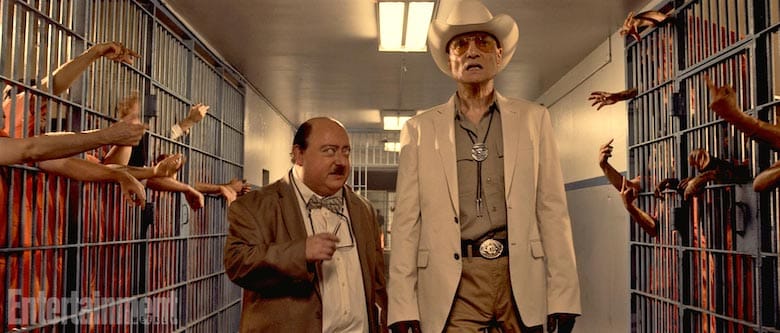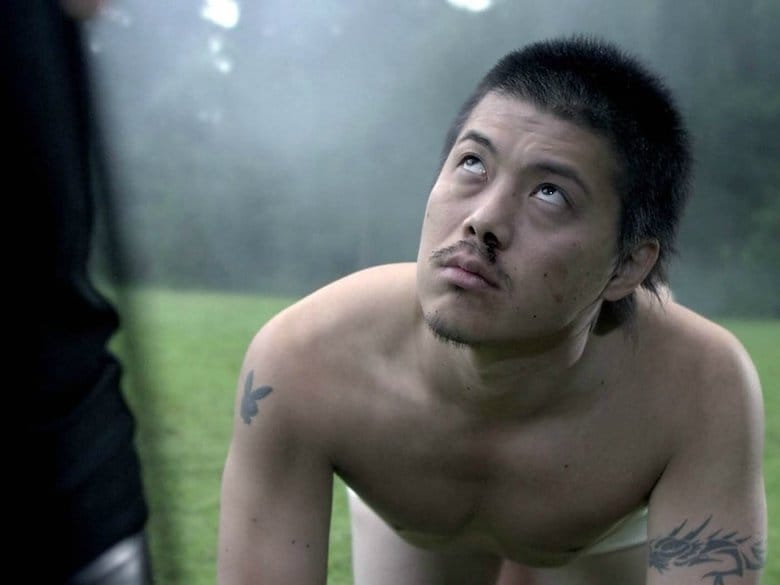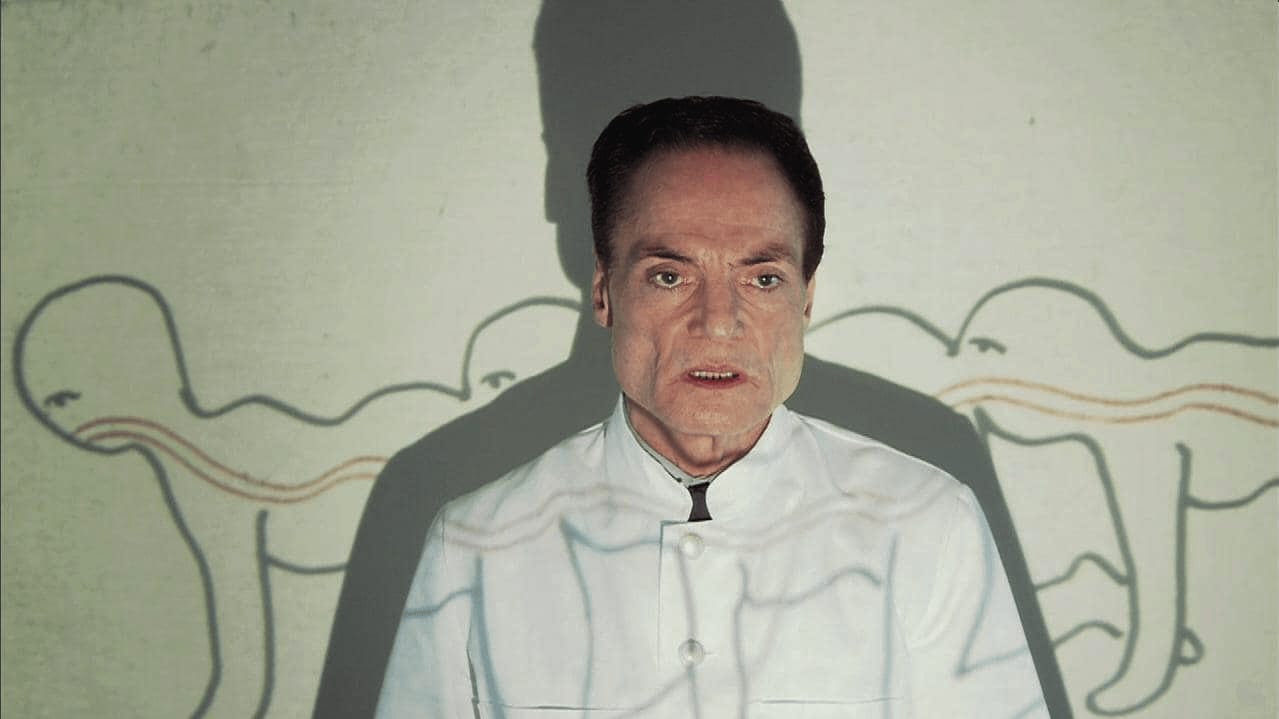If you ask around about the most horrific films ever made, a lot of people would talk about The Human Centipede – a trilogy of films that have always been perceived as twisted, depraved, and horrible by most casual horror buffs.
However, in the mind of the true horror aficionado, The Human Centipede represents a true opus – a layered narrative that is widely misunderstood, specifically due to superficial interpretations.
In truth, a little dive into the backstory and metaphor layers of The Human Centipede can reveal why viewers need to look beyond the outward horror and really embrace the inner message of the film to grasp its reality. If you have been fascinated by this film and want to learn more about it to develop a more nuanced understanding of it, here is The Human Centipede explained.
The Human Centipede Explained
Coming from Dutch writer-director Tom Six, The Human Centipede was to attempt a radical redesign of the stale, tired horror genre of the time.
The drive to do something radical is partly what made the movie so controversial in the end.
In the movie, a “mad scientist” kidnaps three tourists. He then proceeds to torture them in a variety of ways, finally surgically joining them anus-to-mouth to form a grotesque conjoined triplet, the titular Human Centipede. Needless to say, the film provoked horrified reactions from a major part of the global audience, was panned by many critics, and remains banned in several areas.
The film was initially refused a certification and remains, to this day, a body horror cult classic a la David Cronenberg.
Diving into Metaphors and True Stories Behind the Experiments
At the heart of The Human Centipede are various metaphors that rise from the visuals and lend new context and nuance to the premise. The most obvious of these is the parallels with Nazi Germany and the true stories coming from that time in history. During the Nazi rule, there were abounding rumors of German scientists trying to perform gross experiments on humans. Of special note were the experimental pursuits of notorious scientist, Dr. Josef Mengele. These were the sort-of true stories of Human Centipede-like experiments.

These experiments put a gruesome crown on a time that was already abhorrent to the global populace. A lot of the tests resulted in injury, disability, trauma, and death for the unfortunate and unwilling participants. Some experiments were carried out on twins, who were forcibly sewn together to replicate conjoined twins who share a similar fate. Other experiments involving experimental transplants and grafts of bones, skin, muscles, and nerve, usually carried out without any anesthesia.
Scientists would also try out new biological weapons and drugs on their unfortunate victims without consent. New surgical procedures of brain surgery and sterilization were also tried out with aplomb, often with resulting death, or, far worse, long-term medical repercussions. The lead character, the scientists carrying out these experiments, is also aptly named Dr. Josef Heiter to drive the metaphor home. The Human Centipede is clearly alluding to these true stories of horrific experimentation.

Cinematic Choices
The Human Centipede, while lacking any element of subtlety in the vein of Wes Craven movies or The Wicker Man, nevertheless makes it very clear that there are historical parallels embedded in the visual narrative that deserve a closer look.
There is an inherent attempt to acquaint viewers with the finality of situations that end up in a loss of self-respect, comfort, and life. The feeling of impending doom has different impacts on different victims, and their reactions tell fascinating stories about who they are as people.
The lack of subtlety and the deep dive into blatant sensationalism serves to prop up this metaphor to a great degree. Six almost dares the audience to look away, and many of them would. However, keep your eyes peeled on the screen and you would be able to see the slow but sure exposure of the vulnerability of the human condition and how it reacts to a certain, inevitable end.
The Human Centipede also resounds as a nuanced commentary on modern miscommunication, as the American tourists unwittingly fall victim to this mad scientist and are greeted with a steely, determined lack of communication that seems to befit their crass, ignorant natures.

Similarly, he makes a conscious decision to place the Japanese tourist at the head of his grotesque centipede. The only one of the three capable of speech can speak only Japanese, a language that he himself does not understand.
Katsuro’s final speech provides a conclusion to the metaphor, when he creates a period of brutal self-reflection and likens the doctor to God.

Key Takeaways of The Human Centipede
With all its horrific visuals notwithstanding, The Human Centipede remains an important cog in the wheel of horror cinema due to a dedicated audience that embraced the metaphors it portrays. And there were real, true stories of experimentation that The Human Centipede is clearly playing off of.
This helped it rise and keep its head above ignominy and maintain a cult following for decades. Director Tom Six also departed from this formula to make very different sequels, each with their own brand of metaphor, storytelling, and even more stark, revolting visuals to further drive the point home.
— FOUNDATIONS OF HORROR —
Further explore these subgenres & tropes. more>>
#Body horror | #Mad Scientist | #Transformations are Transforming

Additional Reading
The Monstrous Metallic in Medicine and Horror Cinema
No Pain, No Gain: Strategic Repulsion and The Human Centipede
Last Updated on February 23, 2023.


1 Comment